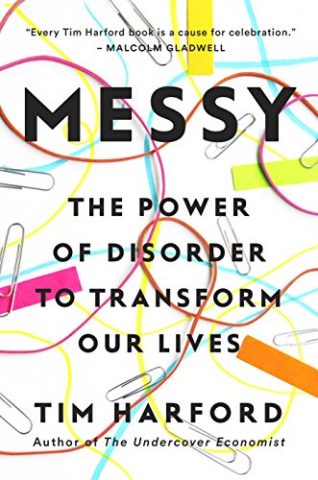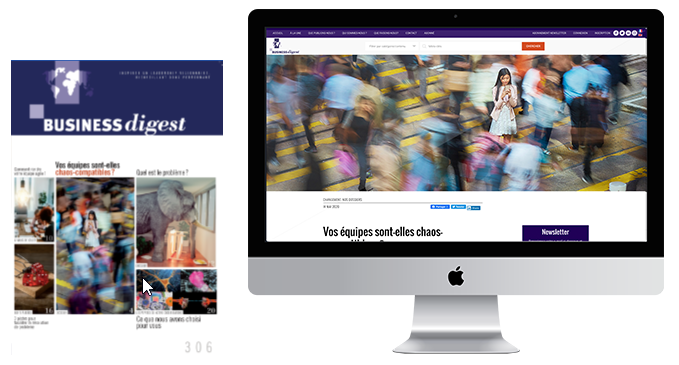Mess is your new best friend
Few people are willing to take the messy path if a tidier approach of organizing, preparing, and coordinating looks like it might deliver victory,” writes celebrated economist and author Tim Harford. And yet, he argues, creativity and resilience relies on “human messiness.
In our jobs and personal lives, we continue to enjoy the apparent convenience, neatness and short-term profits of imposing order, and fail to notice when it is sowing the seeds of fragility. And yes, a preference for tidiness in work and life may make you feel safer and more in control, but, in reality, it tends to make you more fragile and vulnerable. Meanwhile, the current highly messy situations causing much disorientation, doubt, and fear.
Try to make the best of it by asking yourself a helpful question: what if, instead of giving in to the temptation for an illusion of control, you intentionally threw a little chaos into your days to develop your creativity and your resilience and that of your teams? What if operating in a messy way could make your teams better prepared for the months ahead?

Messy: The Power of Disorder to Transform Our Lives
Tim Harford (Little, Brown Book Group, october 2016).
How the mess boosts creativity
Harford presents a wealth of psychology research demonstrating a positive correlation between “messy disruptions” and creativity. But how and why does disruption unlock creativity? In the words of influential English musician, composer, and producer Brian Eno: “The enemy of creative work is boredom. And the friend is alertness (…) That kind of alertness is exciting.” Building diverse teams (in terms of experience, expertise, and cultural background) that collaborate transversally is a proven way to ensure creativity-boosting disruption within your organization. Another standard “messily disruptive” practice used by the world’s most consistently innovative organizations, including Google and 3M, is to have people work on multiple projects simultaneously.
Harford explains that a technical term for this approach of mounting parallel projects is “network of enterprises.” He lists four clear benefits:
- “Projects cross-fertilize one another: knowledge gained in one provides the keys to unlock another.”
- “Having several projects may seem distracting, but instead the variety grabs our attention.”
- “While we’re paying close attention to one project, we may be unconsciously processing another – as with the cliché of inspiration striking in the shower. Scientists believe that this unconscious processing is an important key to solving creative problems.”
- “Each project provides an escape from the others. In truly original work, there will always be impasses and blind alleys. Having another project to turn to can prevent a setback from turning into a crushing experience.”
Managing creative mess in your teams
© Copyright Business Digest - All rights reserved




